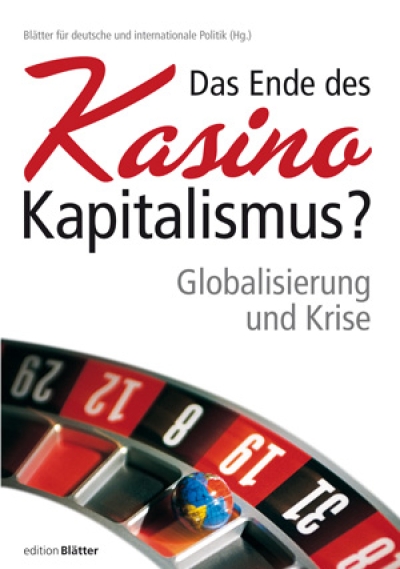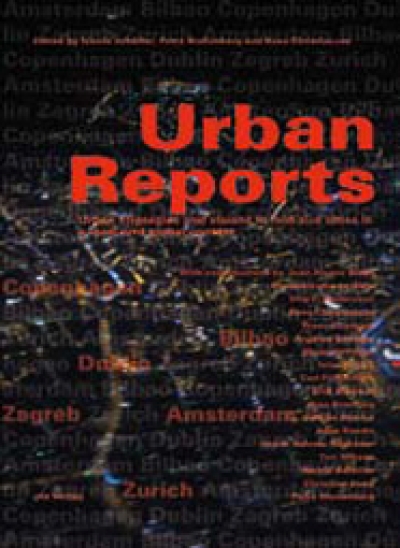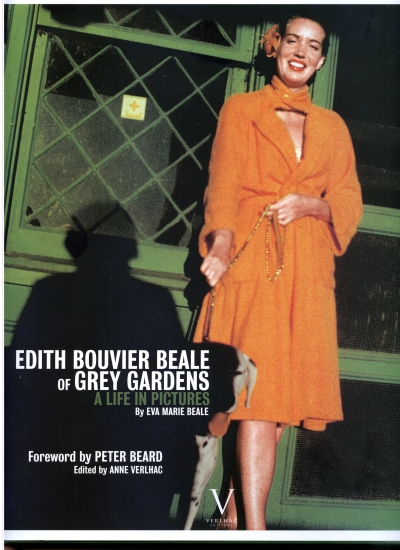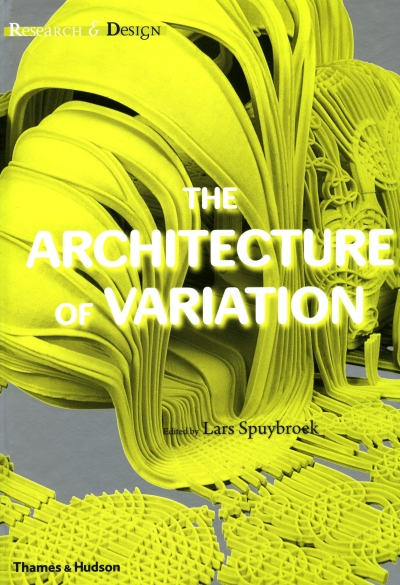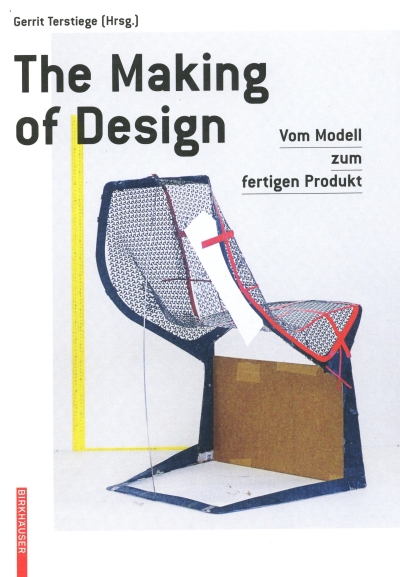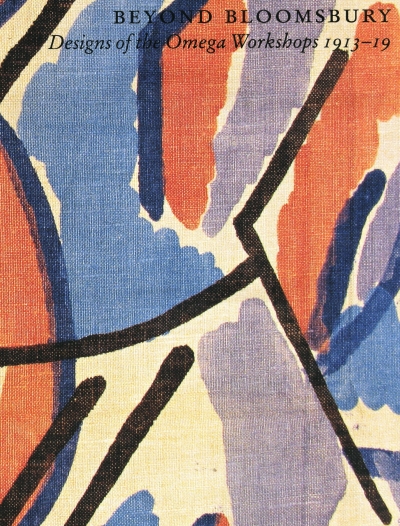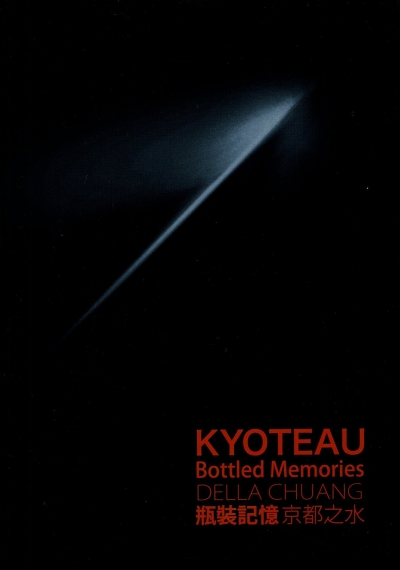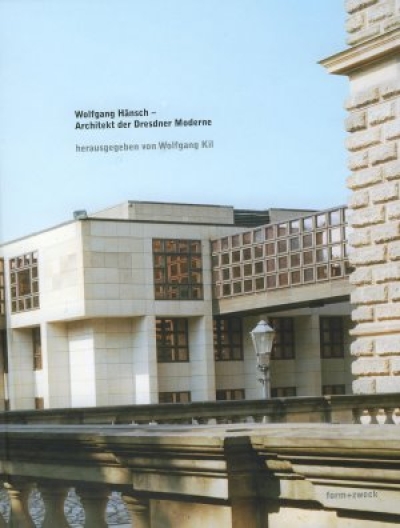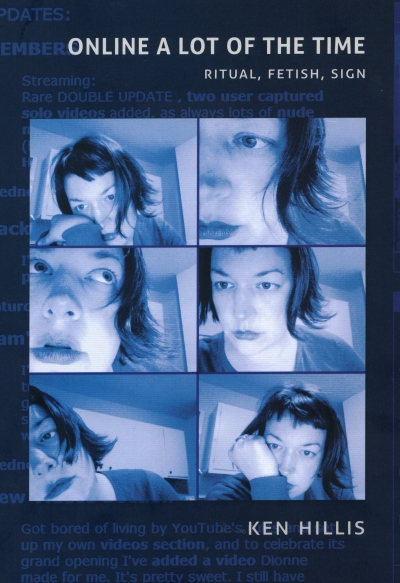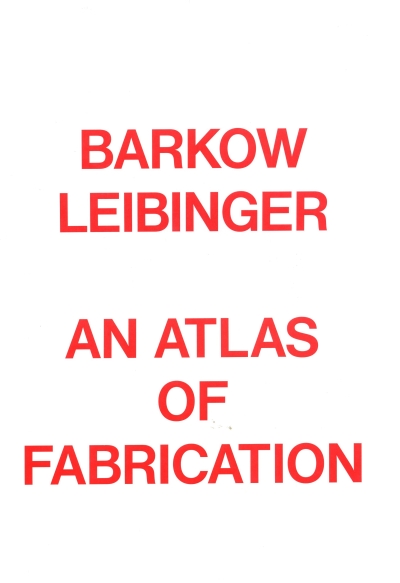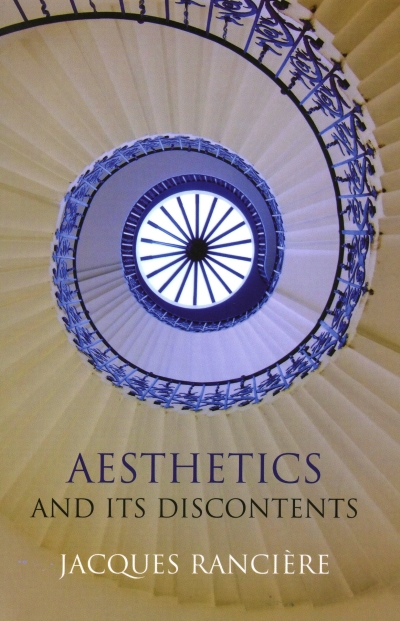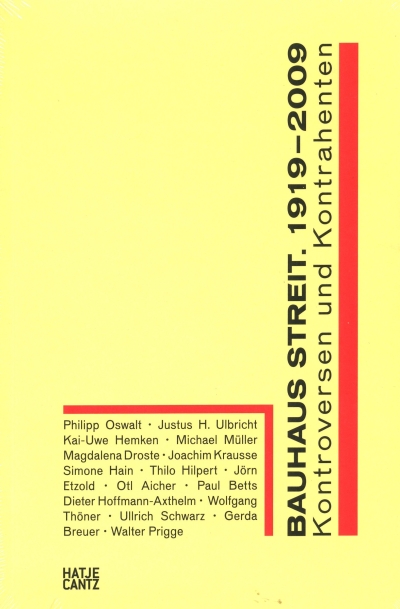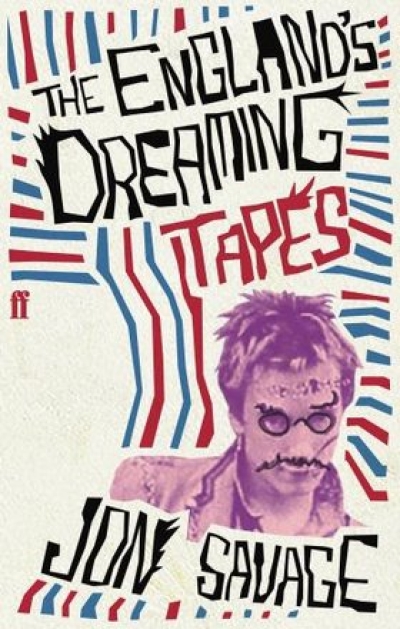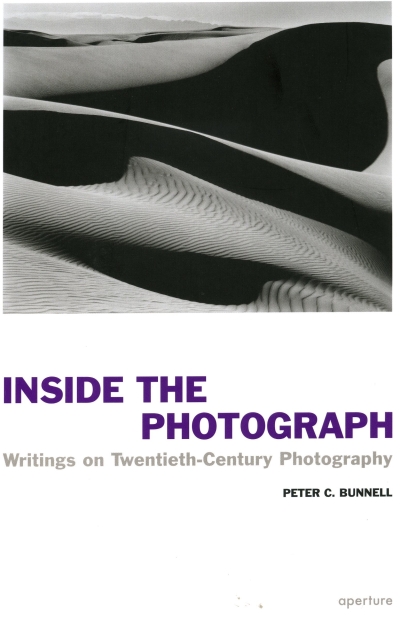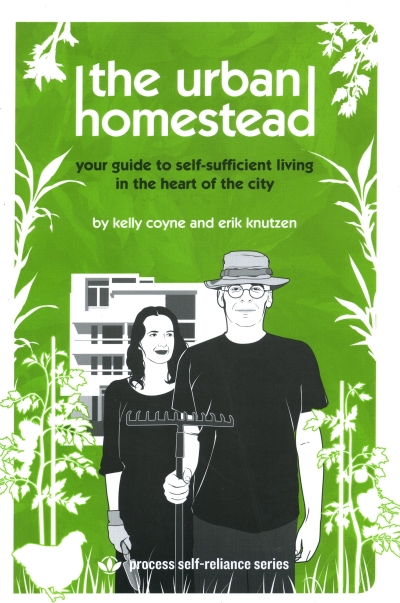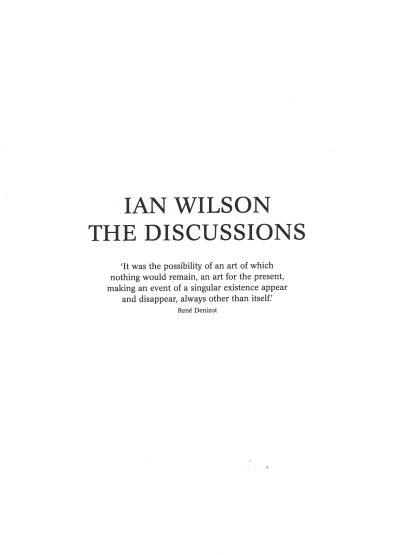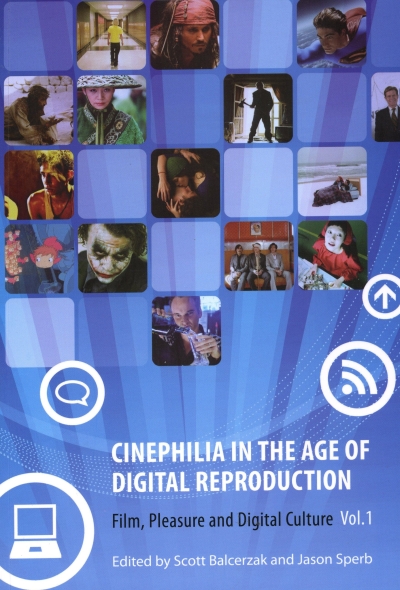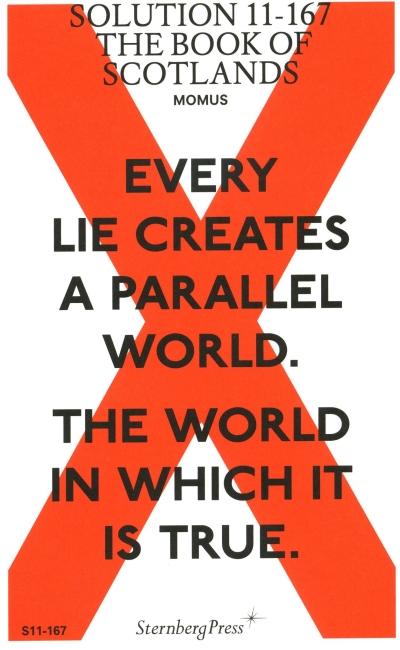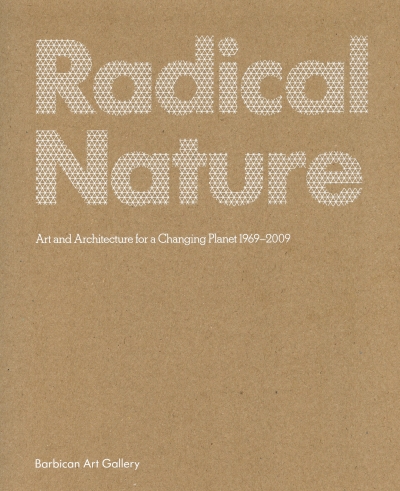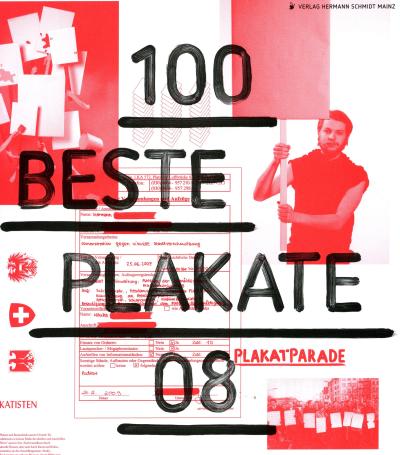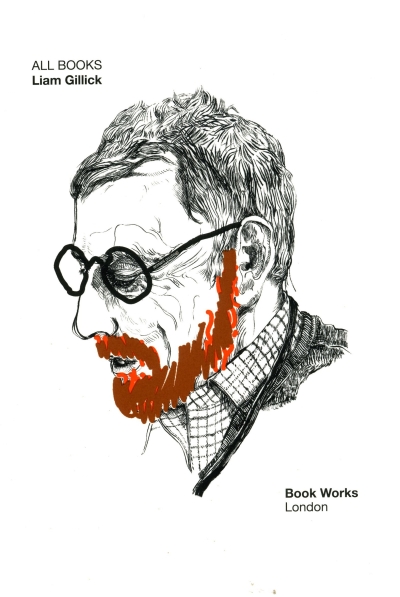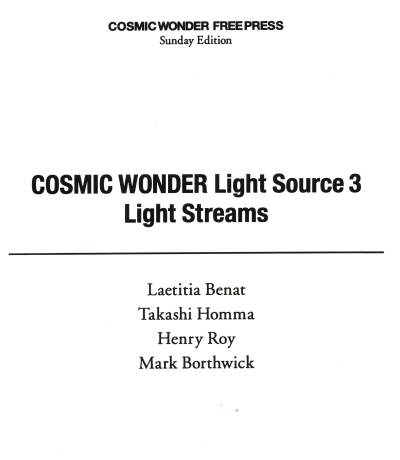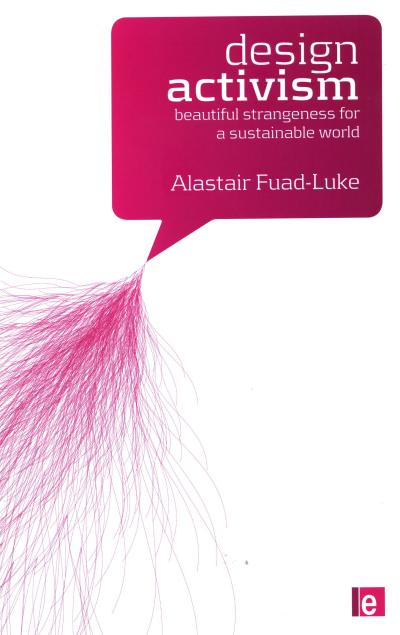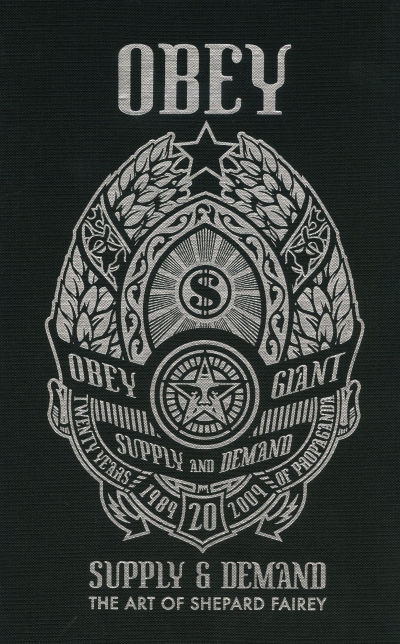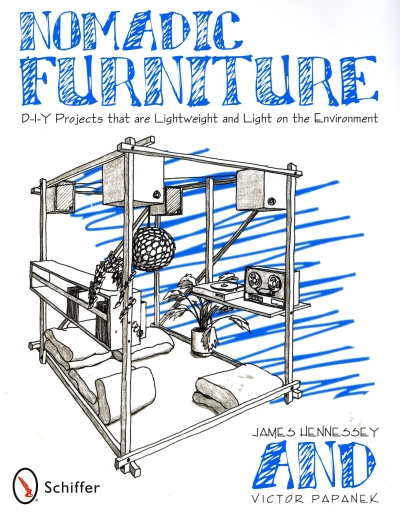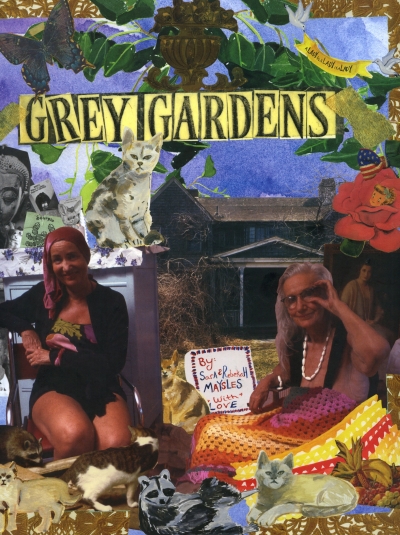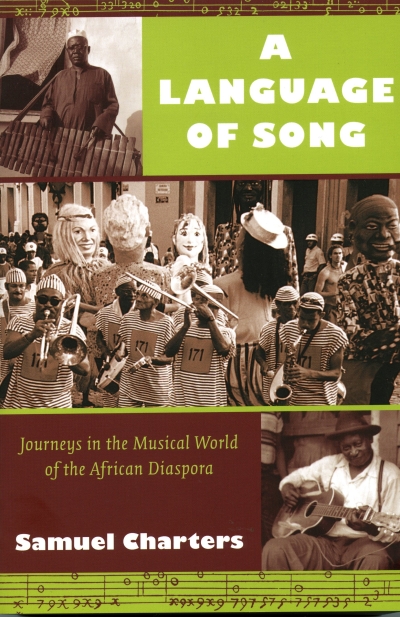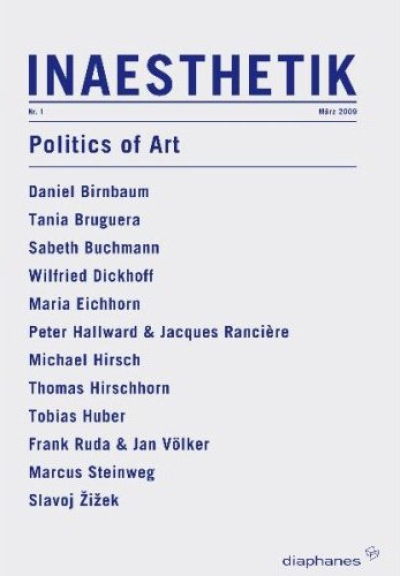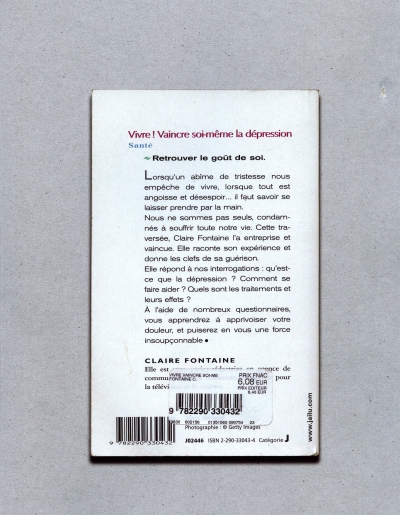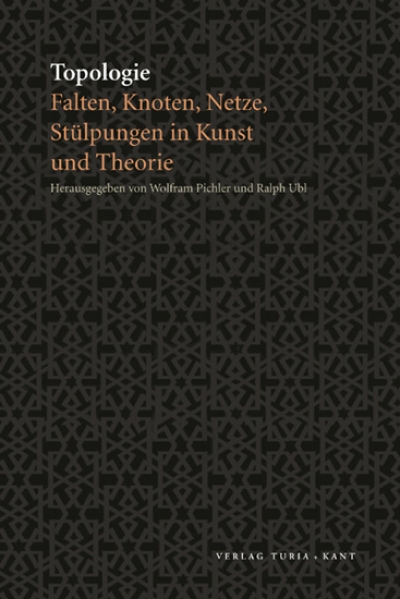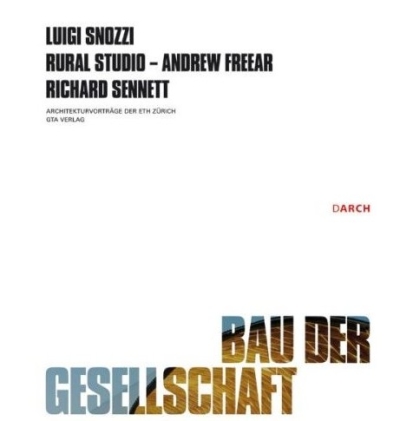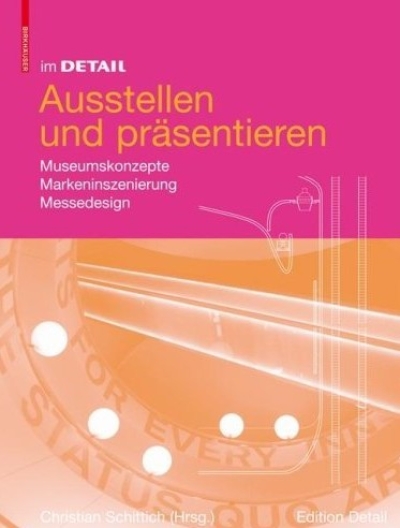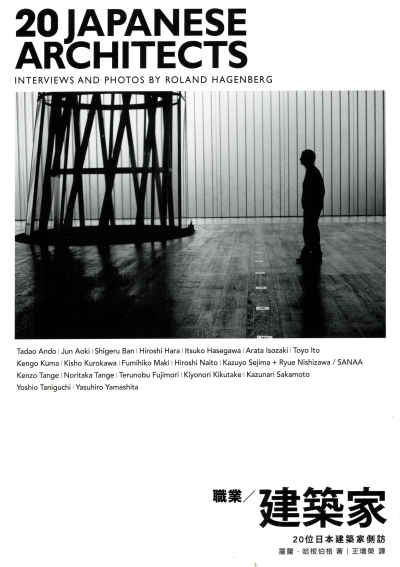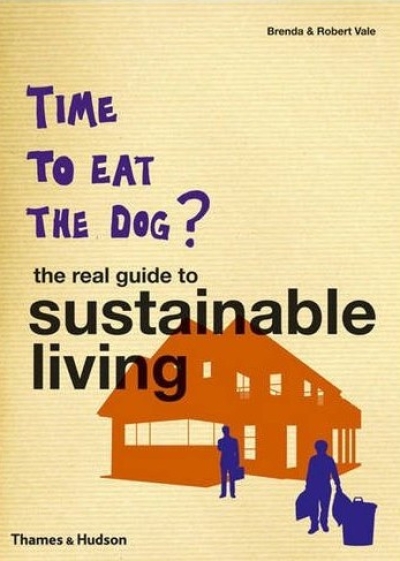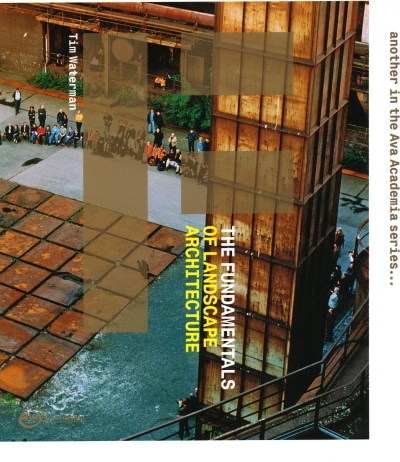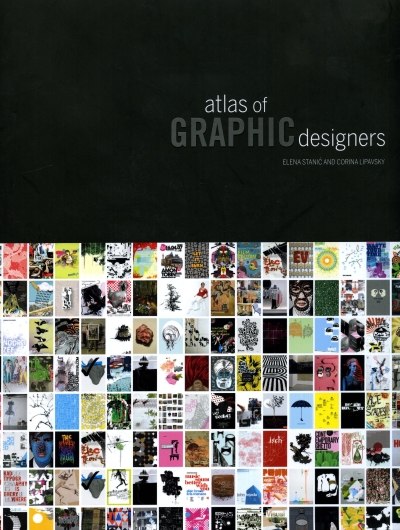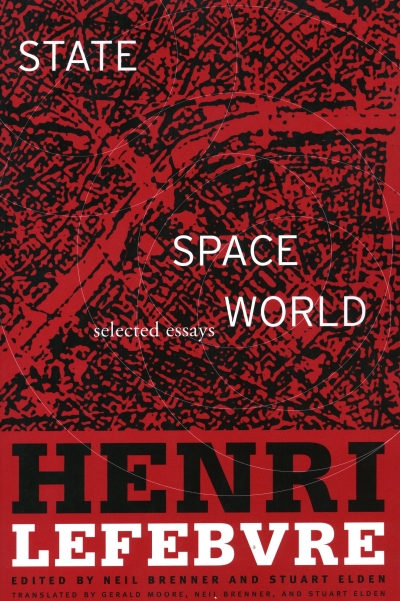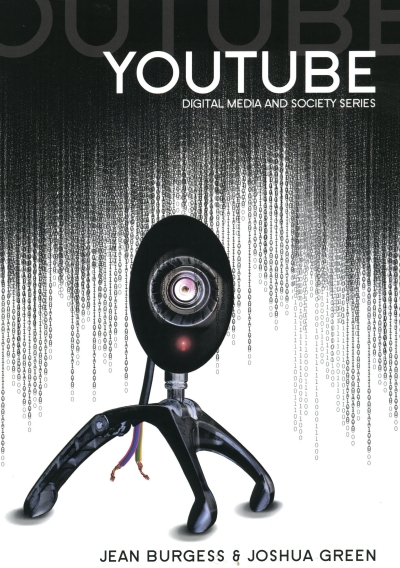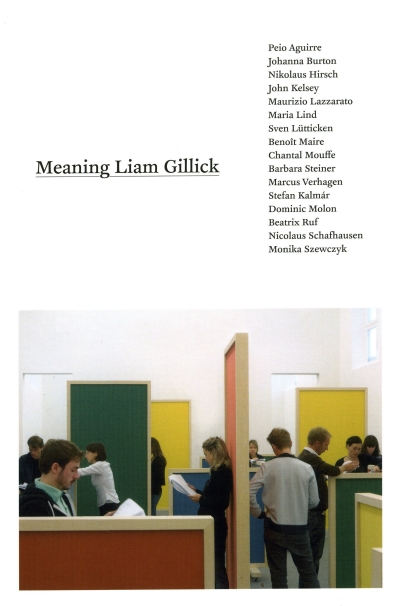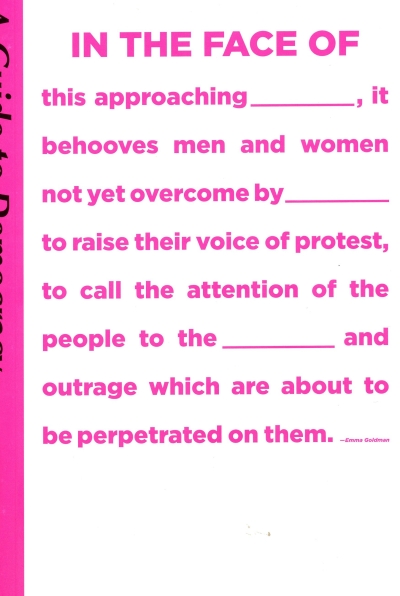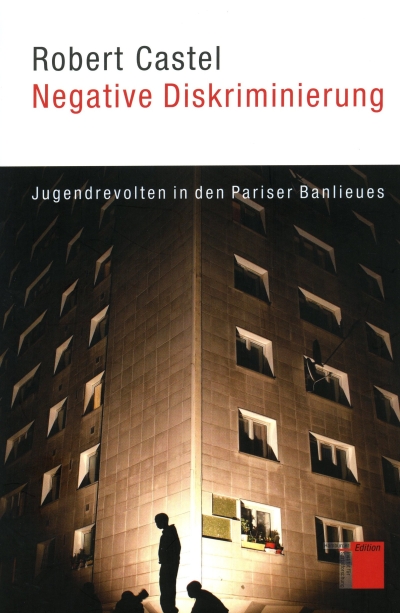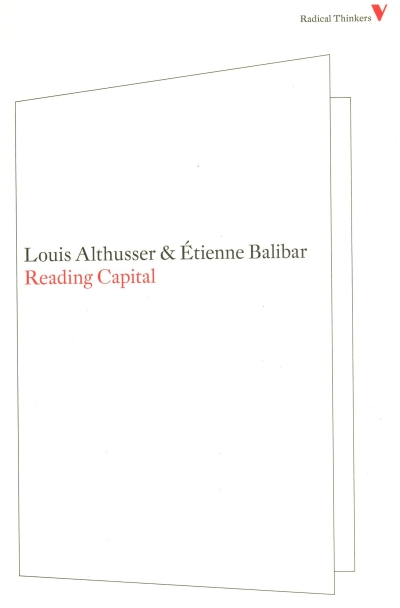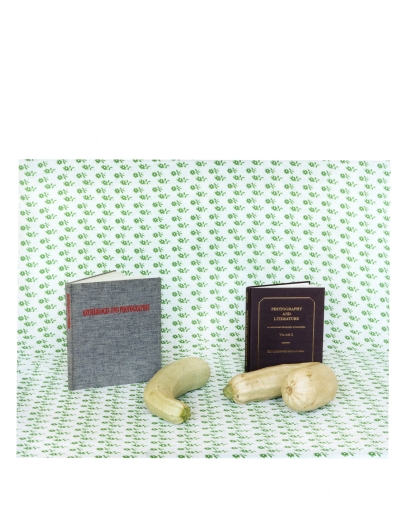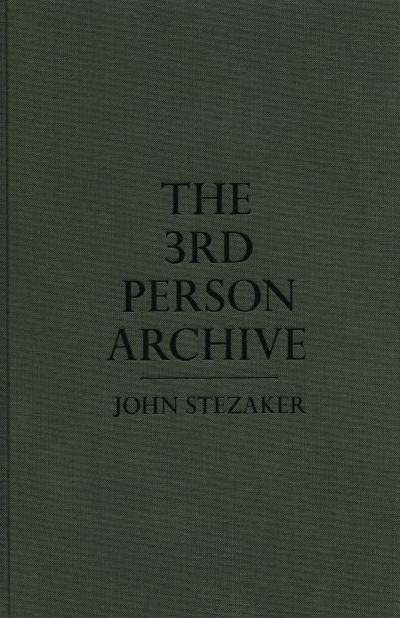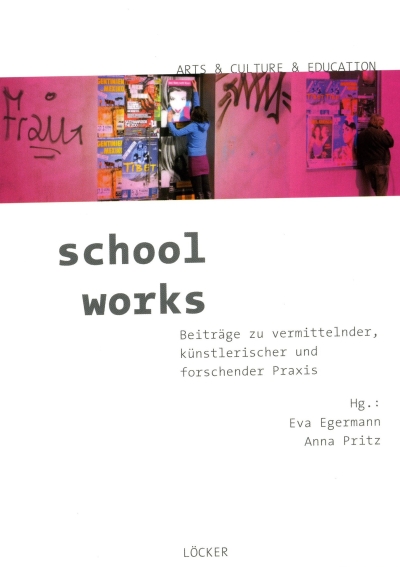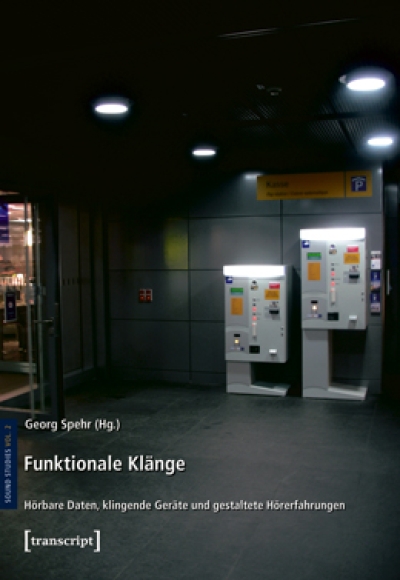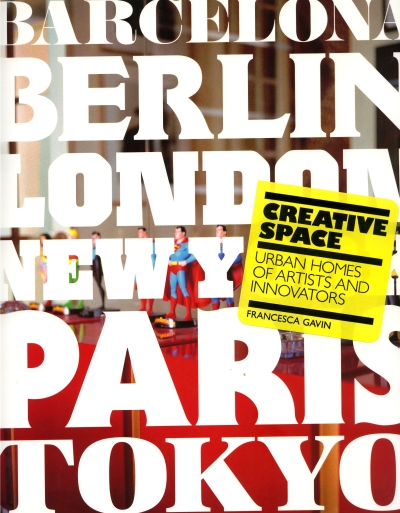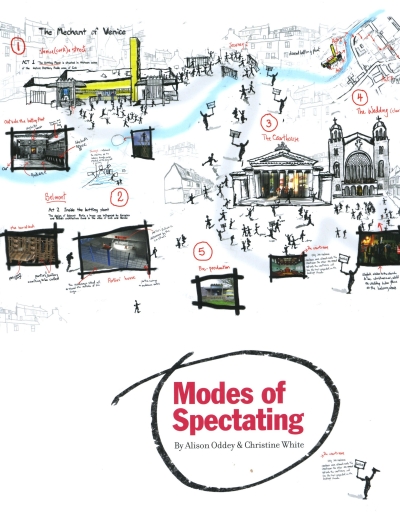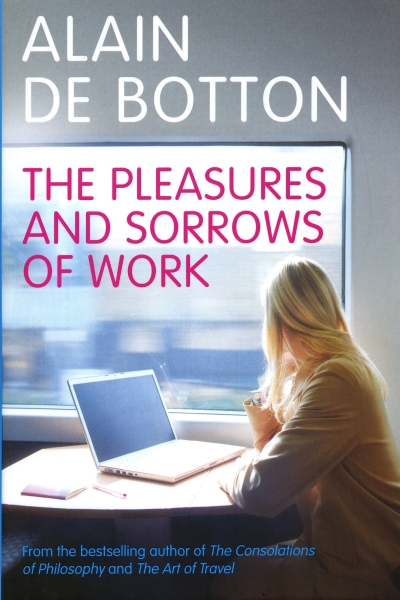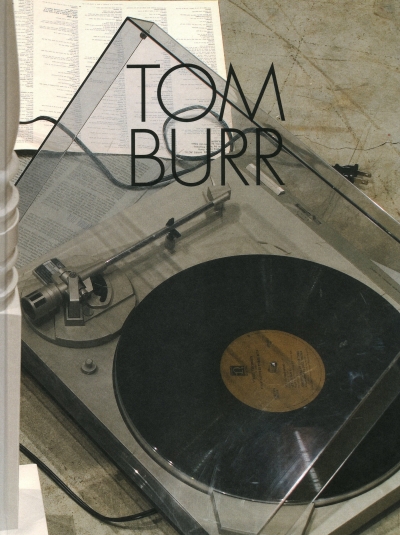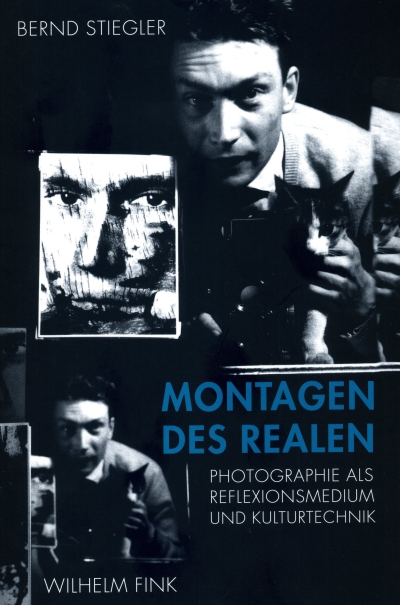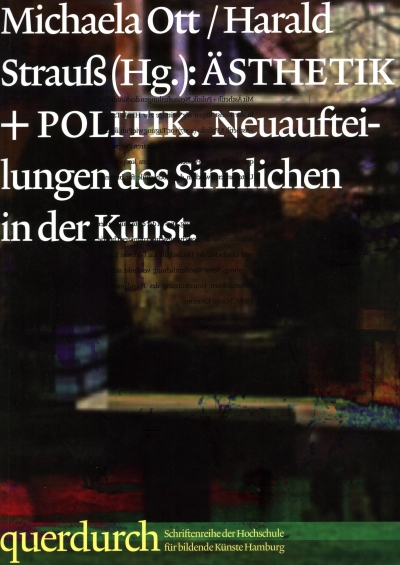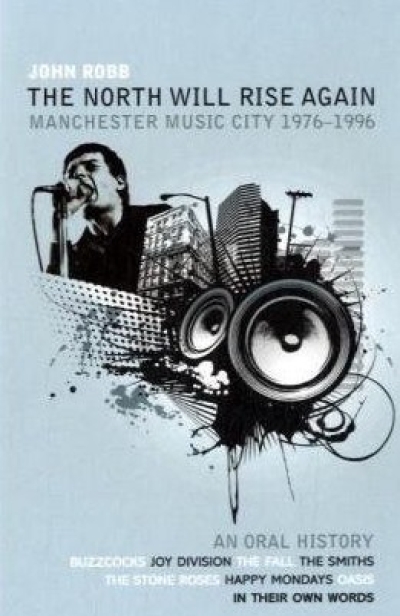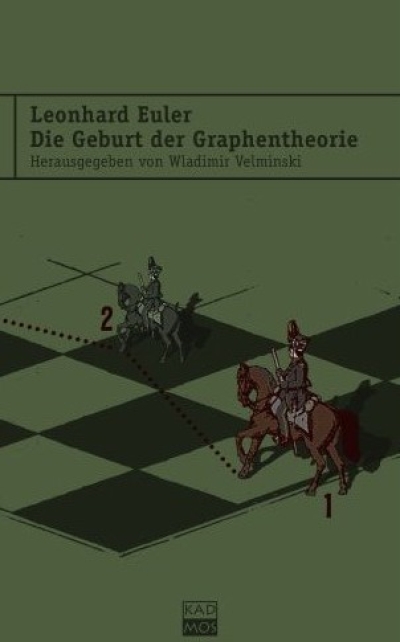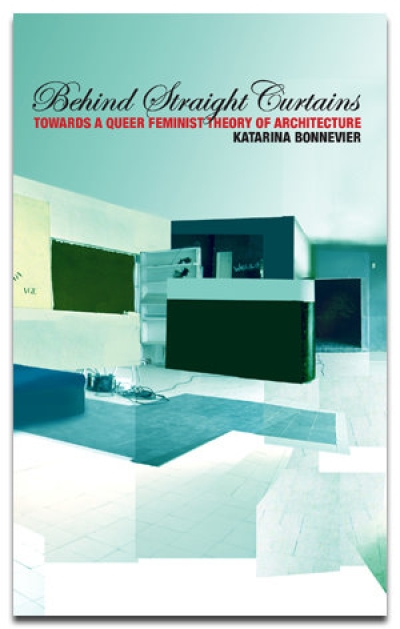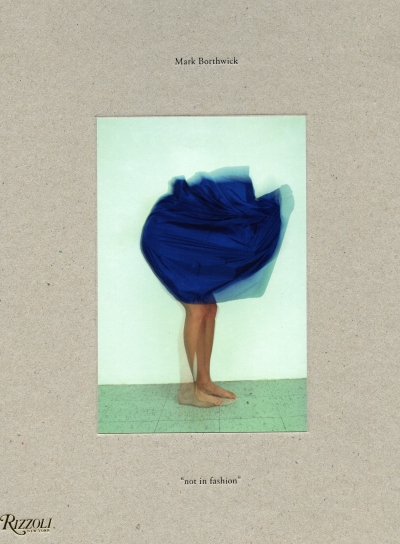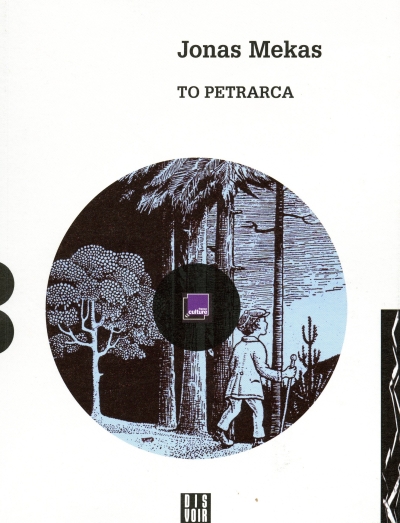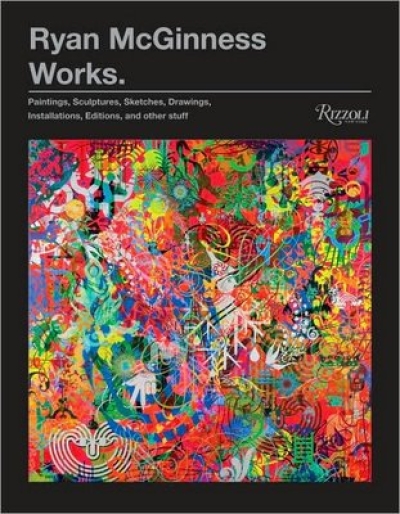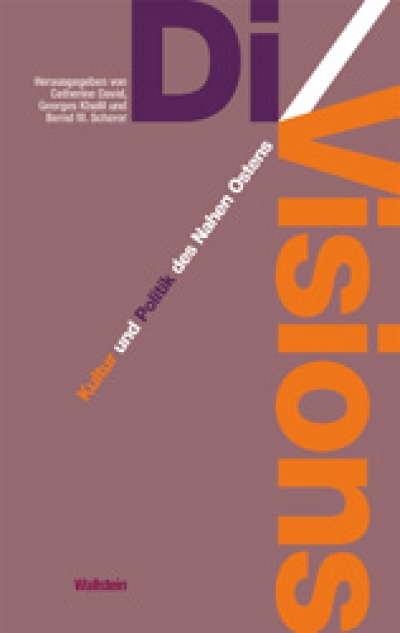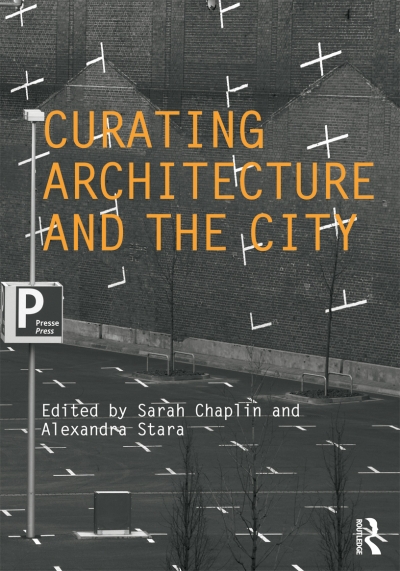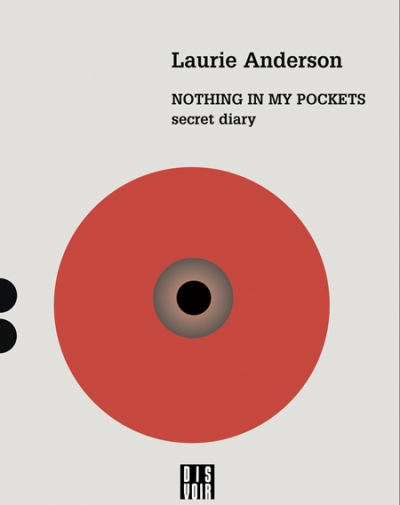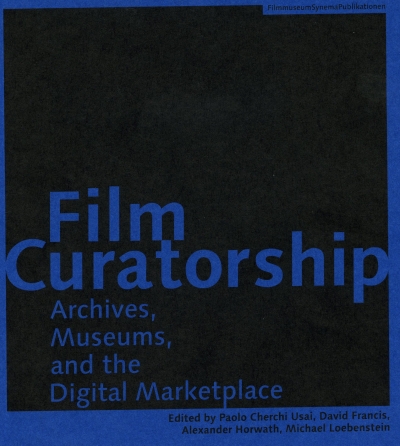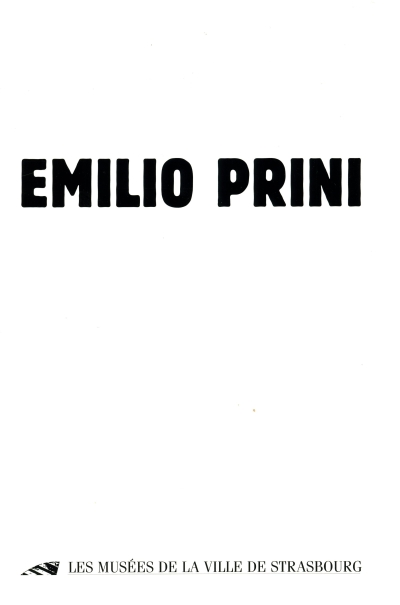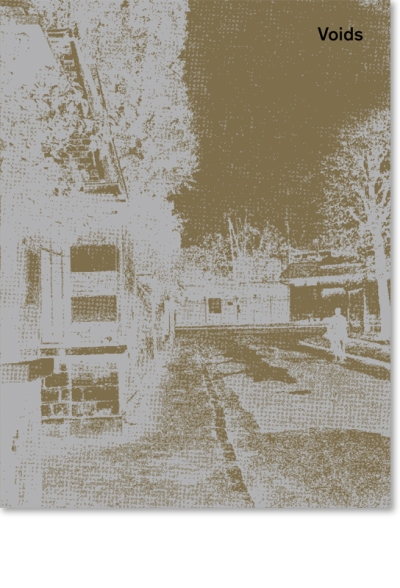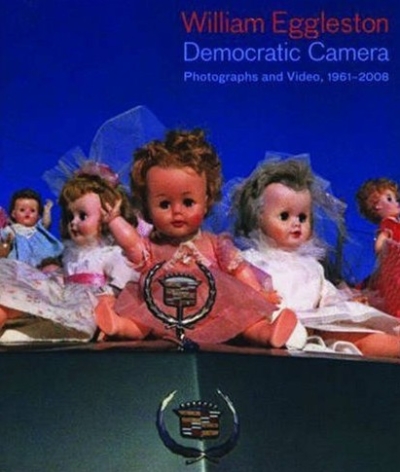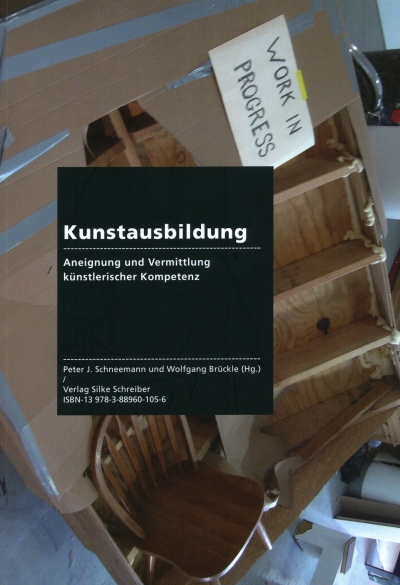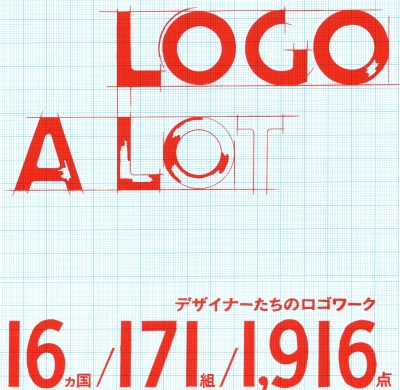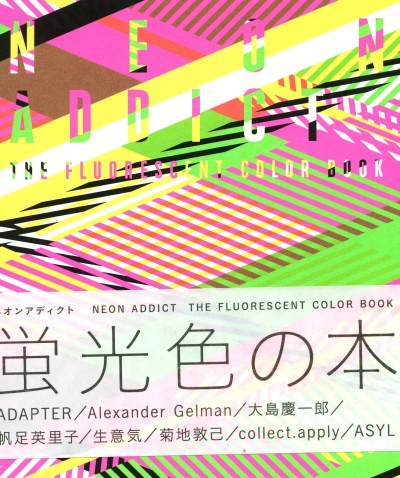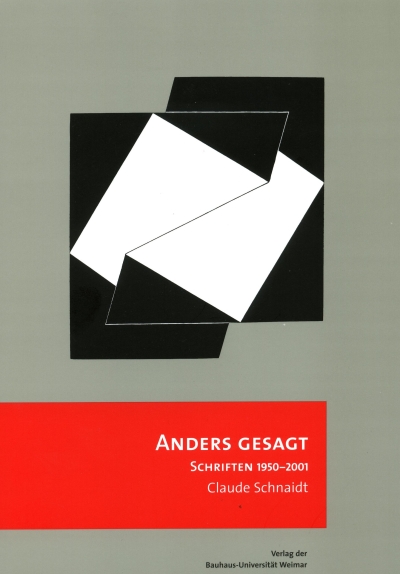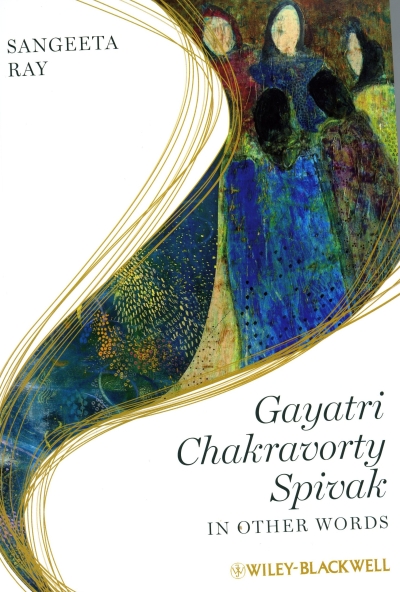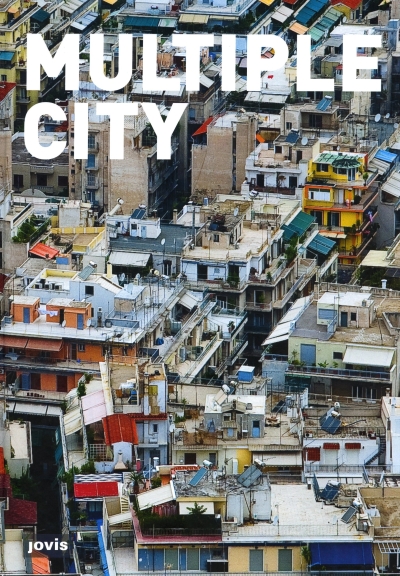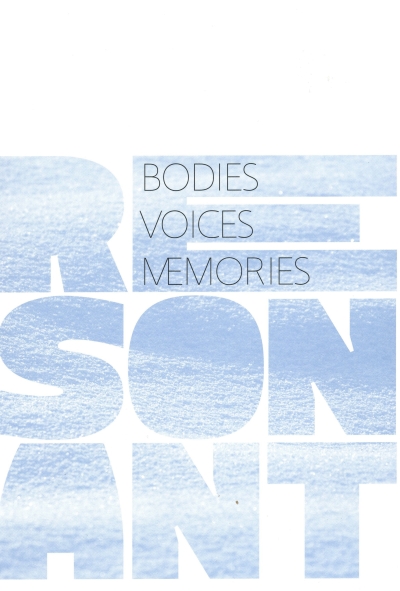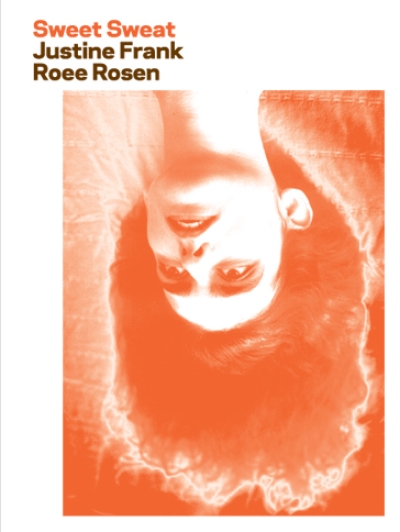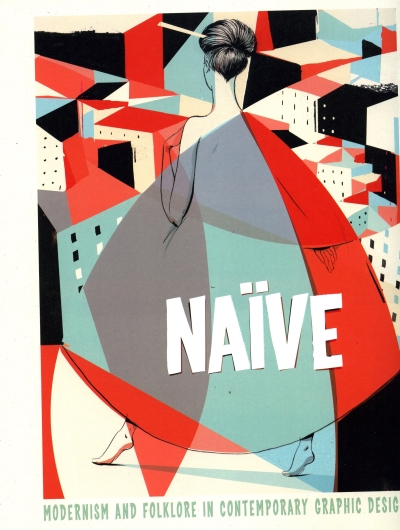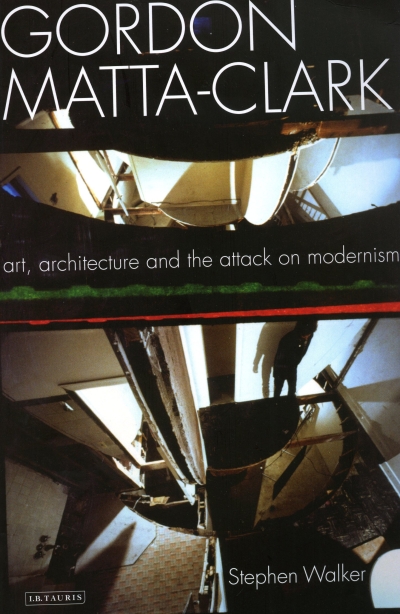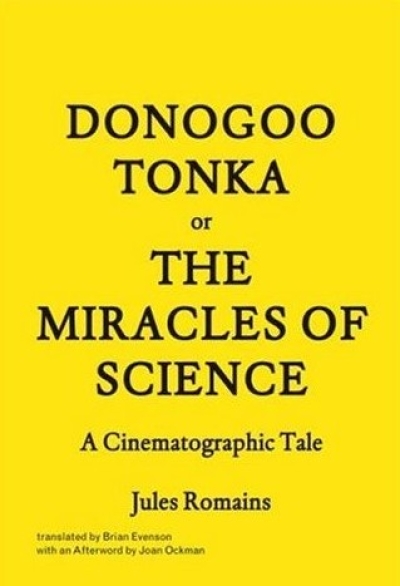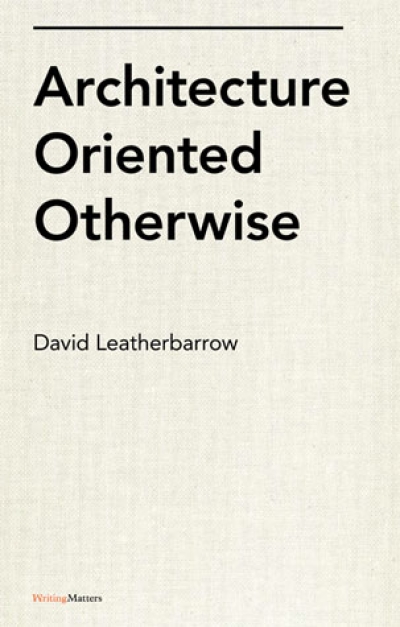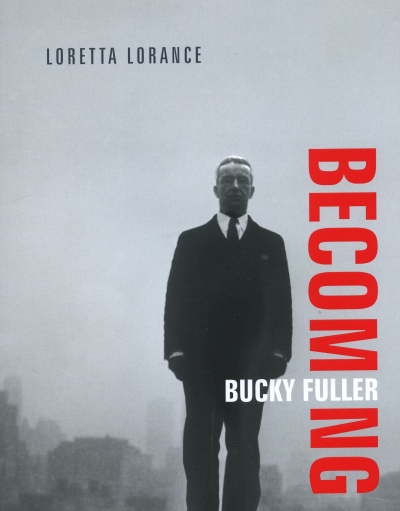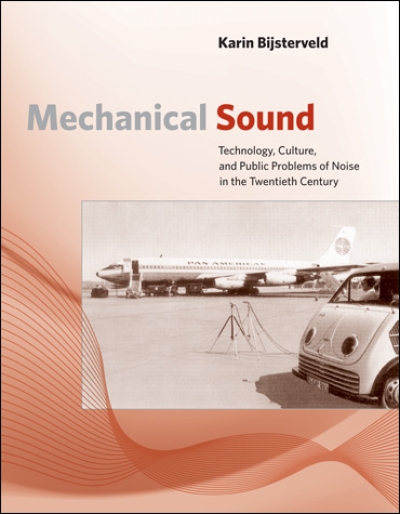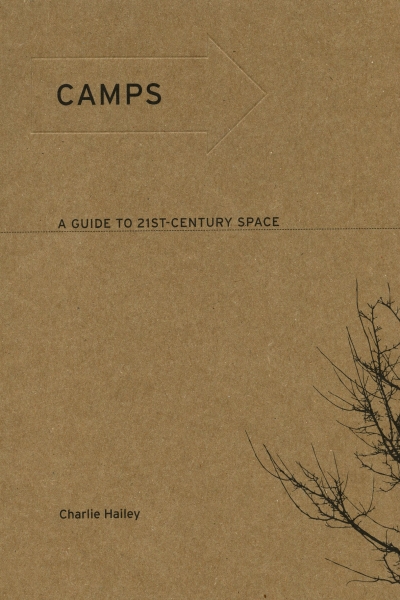Blätter für deutsche und internationale…
Das Ende des Kasino-Kapitalismus? Globalisierung und Krise
N. Schüller, P. Wollenberg, K.…
Urban Reports. Urban strategies and visions in mid-sized…
Arundhati Roy
Listening to Grasshoppers. Field Notes on Democracy
Anne Verlhac (Hg.)
Edith Bouvier Beale of Grey Gardens. A Life in Pictures
Lars Spuybroek (Hg.)
The Architecture of Variation (Research & Design)
Gerrit Terstiege (Hg.)
The Making of Design. Vom Modell zum fertigen Produkt
Alexandra Gerstein (Hg.)
Beyond Bloomsbury. Designs of the Omega Workshops 1913-19
Della Chuang
Kyoteau. Bottled Memories
Wolfgang Kil (Hg.)
Wolfgang Hänsch. Architekt der Dresdner Moderne
Ken Hillis
Online a Lot of the Time. Ritual, Fetish, Sign
Stephan Trüby (Hg.)
Hertzianismus. Elektromagnetismus in Architektur, Design…
Barkow Leibinger
An Atlas of Fabrication
Jacques Ranciere
Aesthetics and Its Discontents
Stiftung Bauhaus Dessau (Hg.)
Bauhaus Streit. 1919-2009. Kontroversen und Kontrahenten.
Jon Savage
The England's Dreaming Tapes
Peter C. Bunnell
Inside the Photograph. Writings on Twentieth-Century…
Kelly Coyne, Erik Knutzen
The Urban Homestead. Your Guide to Self-sufficient Living…
Ian Wilson
The Discussions
Jason Sperb, Scott Balcerzak
Cinephilia in the Age of Digital Reproduction. Film,…
Momus
Solution 11-167. The Book of Scotlands
Barbican Art Gallery (Hg.)
Radical Nature. Art and Architecture for a Changing Planet…
Verein 100 Beste Plakate
100 Beste Plakate 08. Deutschland - Österreich - Schweiz
Liam Gillick
All Books
Cosmic Wonder Free Press
Cosmic Wonder Light Source 3. Light Streams
Alastair Fuad-Luke
Design Activism. Beautiful Strangeness for a Sustainable…
Oliviero Toscani, Olivier Saillard
Workwear. Work Fashion Seduction
Shepard Fairey
Obey. Supply & Demand. The Art of Shepard Fairey.
James Hennessey, Victor Papanek
Nomadic Furniture. D-I-Y Projects that are Lightweight
Dominik Landwehr, Verena Kuni (Hg.)
Home made electronic arts. Do-it-yourself Piratensender,…
Sara Maysles, Rebekah Maysles (Hg.)
Grey Gardens (with DVD)
Samuel Charters
A Language of Song. Journeys in the Musical World of the…
Tobias Huber, Marcus Steinweg (Hg.)
Inaesthetik Nr.1. Politics of Art
Claire Fontaine
Vivre, vaincre
Wolfram Pichler, Ralph Ubl (Hg.)
Topologie. Falten, Knoten, Netze, Stülpungen in Kunst und…
Geoff Manaugh
The BLDG BLOG Book
Stephan Rabimov (Hg.)
Depesha. Russian Lifestyle Magazine
Richard Reynolds
Guerilla Gardening. Ein botanisches Manifest
Luigi Snozzi, Andrew Frear, Richard…
Bau der Gesellschaft. Architekturvortäge der ETH Zürich
Christian Schittich (Hg.)
Im Detail. Ausstellen und Präsentieren. Museumskonzepte,…
Roland Hagenberg (Hg.)
20 Japanese Architects. Interviews and Photos
Robert and Brenda Vale
Time to Eat the Dog. The Real Guide to Sustainable Living
Matthias Noell
Das Haus und sein Buch
Tim Waterman
The Fundamentals of Landscape Architecture
Maia Francisco
Atlas of Graphic Designers
Neil Brenner, Stuart Elden (Hg.)
Henri Lefebvre. State, Space, World. Selected Essays
Jean Burgess, Joshua Green
YouTube. Online Video and Participatory Culture
Lars Denicke, Peter Thaler (Hg.)
Prepare for Pictopia. Katalog zur Ausstellung im Haus der…
Monika Szewczyk (Hg.)
Meaning Liam Gillick
Nato Thompson (Hg.)
A Guide to Democracy in America
Jan Wehrheim
Der Fremde und die Ordnung der Räume
Robert Castel
Negative Diskriminierung. Jugendrevolten in den Pariser…
Louis Althusser, Etienne Balibar
Reading Capital
Susanne Pfeffer, Beatrix Ruf, Nicolaus…
Annette Kelm
John Stezaker
The 3rd Person Archive
Eva Egermann, Anna Pritz (Hg.)
School Works. Beiträge zu vermittelnder, künstlerischer und…
Faitiche/Jan Jelinek (Hg.)
Die Gesellschaft zur Emanzipation des Samples presents:…
Georg Spehr (Hg.)
Funktionale Klänge. Hörbare Daten, klingende Geräte und…
Francesca Gavin
Creative Space. Urban Homes of Artists and Innovators
Alison Oddey, Christine White
Modes of Spectating
Alex S. Vitale
City of Disorder. How the Quality of Life Campaign…
Alain De Botton
The Pleasures and Sorrows of Work
Kunstmuseum Basel, Lenbachhaus München…
Tom Burr
Bernd Stiegler
Montagen des Realen. Photographie als Reflexionsmedium und…
Michaela Ott, Harald Strauß (Hg.)
Ästhetik + Politik. Neuaufteilungen des Sinnlichen in der…
Terry Wilson
Tamla Motown. The Stories Behind The UK Singles
John Robb
The North Will Rise Again. Manchester Music City 1976-1996
Iain Morland (Hg.)
Journal of Lesbian and Gay Studies. Intersex and After.…
Wladimir Velminski (Hg.)
Leonhard Euler. Die Geburt der Graphentheorie
Katarina Bonnevier
Behind Straight Curtains. Towards a Queer Feminist Theory…
Mark Borthwick
Not in Fashion
Jonas Mekas
To Petrarca
Peter Halley
Ryan McGuinness Works. Paintings, Sculptures, Sketches,…
Catherine David, Georges Khalil, Bernd…
Di/Visions. Kultur und Politik des Nahen Ostens
Sarah Chaplin, Alexandra Stara (Hg.)
Curating Architecture and the City
Laurie Anderson
Nothing in My Pockets
Paolo Cherchi Usai, David Francis,…
Film Curatorship. Archives, Museums, and the Digital…
Emilio Prini
Fermi in Dogana, Ancienne Douane 4.11.1995 - 14.1.1996
J. Armleder, G. Metzger, P. Pirotte, u.…
Voids. A Retrospective
Elisabeth Sussman
William Eggleston. Democratic Camera. Photographs and Video…
Peter J. Schneemann, Wolfgang Brückle (…
Kunstausbildung. Aneignung und Vermittlung künstlerischer…
Sayaka Ishi (Hg.)
Logo a Lot
Kouichi Yabuuchi (Hg.)
Neon Addict. The Fluorescent Color Book
Claude Schnaidt
Anders gesagt. Schriften 1950-2001
Sangeeta Ray
Gayatri Chakravorty Spivak. In Other Words
Sophie Wolfrum, Winfried Nerdinger (Hg.)
Multiple City. Stadtkonzepte 1908 I 2008
Elisabeth Blum, Peter Neitzke
Dubai. Stadt aus dem Nichts. Ein Zwischenbericht über die…
A. Bangma, D.M. Donoghue, L. Issa, K.…
Resonant Bodies, Voices, Memories
Justine Frank, Roee Rosen
Sweet Sweat
R. Klanten, H. Hellige (Hg.)
Naïve. Modernism and Folklore in Contemporary Graphic Design
Stephen Walker
Gordon Matta-Clark. Art, Architecture and the Attack on…
Sven-Olov Wallenstein
Biopolitics and the Emergence of Modern Architecture
Jules Romains
Donogoo Tonka or the Miracles of Science. A Cinematographic…
David Leatherbarrow
Architecture Oriented Otherwise
Loretta Lorance
Becoming Bucky Fuller
Karin Bijsterveld
Mechanical Sound. Technology, Culture, and Public Problems…
Andrew Losowsky (Hg.)
We Make Magazines. Inside the Independents
Jörg Koopmann (Hg.)
Cat Seen (bwab #1)
Charlie Hailey
Camps. A Guide to 21st-Century Space

